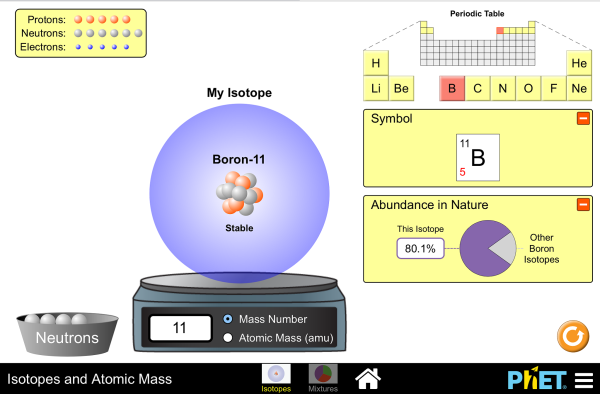Be prepared for Monday's test.
Agenda:
Review Study Guide
Make Study Plan
Study
Revisit Plan
Review Study Guide
Give yourself a +, -, or 0 for each topic in the study guide.
Make Study Plan
Based on your self-rating, what do you need to review? What 3 things can you do to re-learn?
Study
Here are some resources:
- Haiku Practice Test
- Quizlet Flashcards
- Your Science Journal
Self-Score
Give yourself a self score on your science journal using the science journal rubric.



